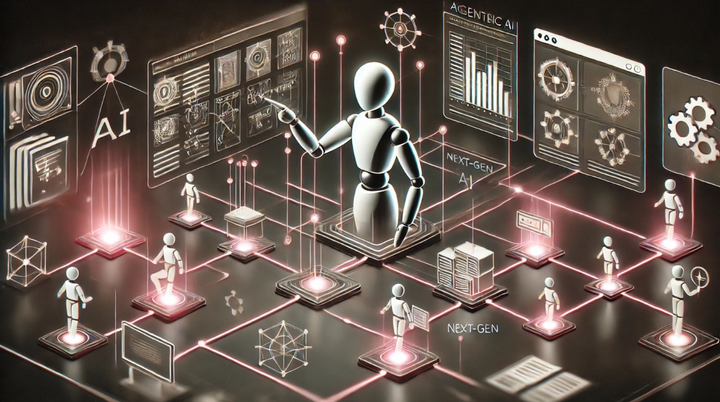How to Choose Between Open Source and Closed Source LLMs: A 2024 Guide
Companies are becoming increasingly aware of the potential business value of open source large language models, which are quickly approaching the performance of their closed source counterparts.

With the gap between open source (OS) large language models (LLMs) and proprietary closed source LLMs shrinking every day, the choice between the two hinges on more than just performance. It's a pivotal decision that impacts innovation speed, customization potential, transparency, the nature of support, and of course, overall cost. In this article, we explore the differences between open source and closed source LLMs, highlighting why OS is becoming the obvious choice for a growing number of companies.
Accessibility
Open source LLMs champion unrestricted accessibility, democratizing AI development across different sectors and skill levels. Anyone can inspect the code, identify flaws, suggest improvements, or adapt the model for specific purposes – fostering community-driven advancement.
Conversely, closed source models are the domain of select entities, where innovations evolve within controlled environments and their technical details remain proprietary.
Speed of Innovation & Customization
Open source language models foster a dynamic, collaborative ecosystem, enabling numerous contributors to drive growth and evolution.
This stands in contrast to closed source language models which are confined within predetermined, more rigid innovation cycles. The collective effort in open source models accelerates advancements across various sectors, ensuring that the latest developments are disseminated swiftly.
Also, the accessibility and flexibility of open source language models allow them to serve as a starting point for businesses to add their own customizations and innovations. Companies can adapt these models to new challenges or integrate them with existing systems, all without the dependency on vendors for updates. For example, this adaptability allows businesses to fine-tune open source models to meet their precise requirements – which is a notable advantage for companies equipped with MLOps that have the capability to modify and maintain the models.
Conversely, models like OpenAI's – despite their robustness from having been trained on a massive amount of internet data – lack exposure to proprietary company data. This limitation severely impacts their performance on domain-specific, specialized tasks and severely limits customization options.
Transparency
Transparency fosters trust, a principle exemplified by open source LLMs with their publicly accessible code that allows for thorough examination and accountability. This level of openness fosters trust within communities, creating environments where users feel confident utilizing these models.
Closed source models, however, maintain a shroud of secrecy around their algorithms—a stance that can lead to concerns about both transparency and trustworthiness among users. For instance, OpenAI provides minimal technical information about its models – including their architecture, training data, and alignment processes. As a result, customers are unable to fully understand the models, test them comprehensively, or manage associated risks and liabilities effectively.
Support
The open source model thrives on extensive community support, with contributions from passionate developers and industry experts. However, this broad participation can lead to varying levels of engagement depending on individual contributors' availability.
In contrast, closed source models provide dedicated customer service teams that offer superior technical assistance tailored to specific needs. This focus and specialization are invaluable resources for businesses seeking more personalized support in their AI efforts.
Cost-Effectiveness
In the current economic climate, even the largest and most profitable companies are hyper-aware of their budgets – and there's growing C-suite awareness that AI costs have a tendency to skyrocket. This reality is part of why so many organizations are turning to open source models, which make AI technology available at a reasonable and predictable price point. For example, open source models like Llama-3-70-B offer significantly lower costs for developers, with input and output token prices set at just ~$0.90 per million tokens.
Closed source LLMs, on the other hand, come with a very high price tag. These models typically require licensing fees, including ongoing costs for updates and support. Even for organizations that have substantial and growing AI budgets, frequent updates can become impractical and costs can quickly become unsustainable.
The Future of LLMs is Open Source
We predict, with no hesitation, that the future of LLMs is open source, thanks to their compelling offer of customization, transparency, affordability and constant innovation. The OS approach contributes to the democratization of AI, making it accessible, adaptable, and affordable. While closed source models certainly have their merits, especially in terms of dedicated customer support, the benefits of OS models underscore a more inclusive, dynamic, and transparent future in AI – one led by innovations from a thriving, diverse, global community.
We encourage you to try out some of our open source models. A great one to get started with is Arcee-Nova, whose performance approaches that of GPT-4 from May 2023. And if you're interested in leveraging open source LLMs to develop your own model, then go ahead and schedule a demo with us. We'll introduce you to our end-to-end platform for training and deploying your own custom models using the latest open source models as a robust foundation.


